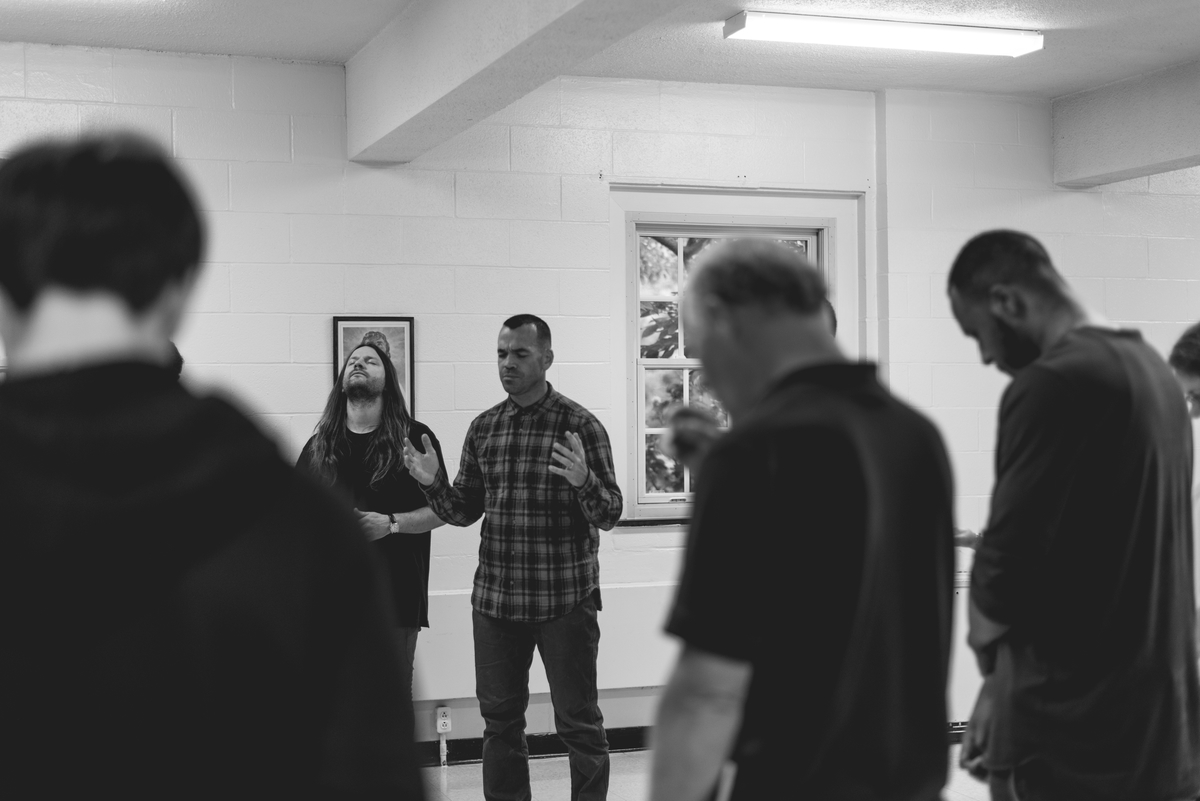There has been ample debate on the approach a church takes to their small groups. Should the groups be “open” or “closed”? Should the groups meet on-campus or off-campus? I rejoice that the discussions take place because this means pastors and ministry leaders are wrestling with how to help people live in biblical community. At the same time I think it is critical for us to recognize that while these are important tactical and practical questions, we must not take our eyes off the bigger picture of Christian community.
The writer of Hebrews stated, “But encourage each other daily, while it is still called today, so that none of you is hardened by sin’s deception” (Hebrews 3:13). Community that is built on the gospel—that is, formed by the Word—is community that keeps our hearts soft and moldable before the Lord. Without Christian community we become hardened by the deception of sin. Because of that, ministry leaders are wise to do whatever it takes to ensure people enjoy and participate in Christian community.
Typically churches offer some type of group structure to help people experience community practically. In previous posts, I have shared some of the inherent benefits of both “on-campus” groups and “off-campus” groups.
Just as each approach has inherent benefits, each approach also has some downsides that wise leaders will seek to overcome.
Managing the downside of “on-campus” groups:
If your church offers on-campus groups, you can benefit from easier movement from your worship service(s), easier coaching as some leaders and groups meet at the same time at the same facility, and built-in programming for the kids.
But there will be some downsides to the approach as well:
- Because the groups meet in rooms at a church, the rooms will likely feel more like a classroom than a living room.
- Because there is a clear start and stop time and a continual flow of new people, there are some challenges with connection and transparent conversation.
- Because groups meet when kids and student ministries meet, groups and these ministries will be pursuing some of the same people.
To manage the downside of on-campus groups, consider:
- Adapting the set-up of the rooms to feel more conversational. David Francis, our managing editor of Bible Studies for Life encourages people that “if you want the teacher to talk, set up the room in rows. If you want people to have conversations, together – set up the room in a circle.”
- Training the group leaders on how to welcome new people to the group while still having a level of transparent conversation.
- Encouraging and training groups to meet together outside the “study time” so that the relationships will further develop.
- Spending extra energy helping the kids and student ministries recruit and develop leaders.
Managing the downside of “off-campus” groups:
If your church offers off-campus groups, you can benefit from a less expensive structure (no educational facility), more leaders in kids and student ministries, and more transparency and relational time during group meetings.
But there will be some downsides to this approach:
- Movement from the weekend worship gathering to a small group is a greater challenge.
- Coaching leaders and observing small groups can be daunting as leaders and groups are spread out throughout the county/city.
- Handling “childcare” for groups with kids can be a constant question.
To manage the downside of off-campus groups, consider:
- Focusing significant strategic energy and attention to helping unconnected people move to a small group. I put it to one pastor this way: “If you don’t want to invest the jingle to build space for groups but still want 80-90 percent of your people in a group, then take all the energy you would have invested in raising money for a facility and transfer that to designing opportunities and nudging people to groups.” Some churches are effectively doing this by constantly making groups a priority and offering clear and easy opportunities for people to connect to a group.
- Ensuring your group leaders receive consistent shepherding and direction. Similar to the above point, this takes energy and structure.
- Learning from other churches in contexts similar to yours who utilize off-campus groups and continually wrestle with the childcare solution.
Regardless of which approach you take, don’t lose sight of the bigger issue—helping people experience and enjoy Christian community. The challenges are worth it. As Ed Stetzer and I discovered in Transformational Groups, from a research vantage point, someone who is in a group reads the Bible more frequently, shares the gospel more regularly, serves more sacrificially, confesses sins more freely, and gives more generously. Regardless of where they meet, groups matter.
—
For resources on groups, whether they meet on-campus or off-campus, check out groupsmatter.com.






